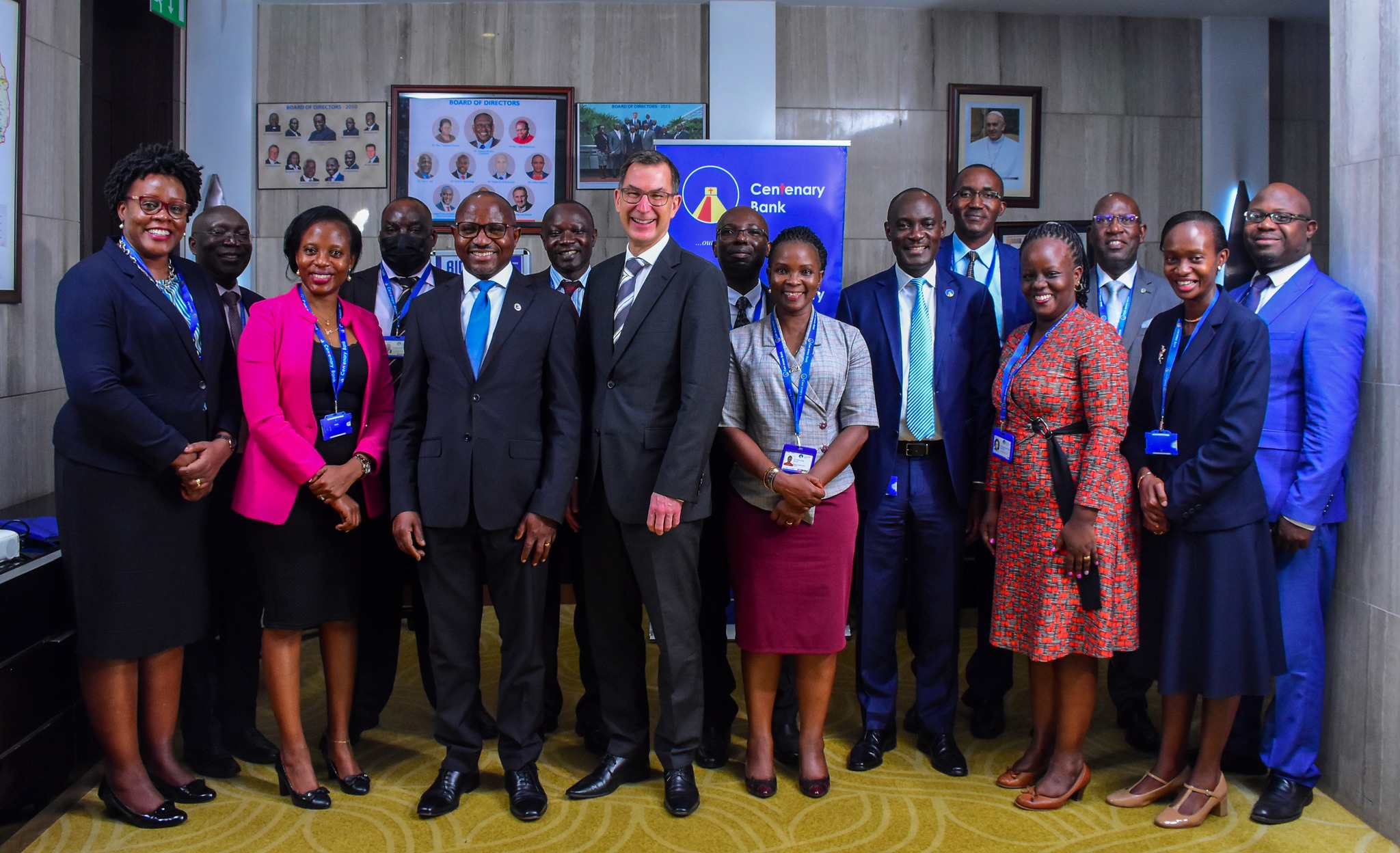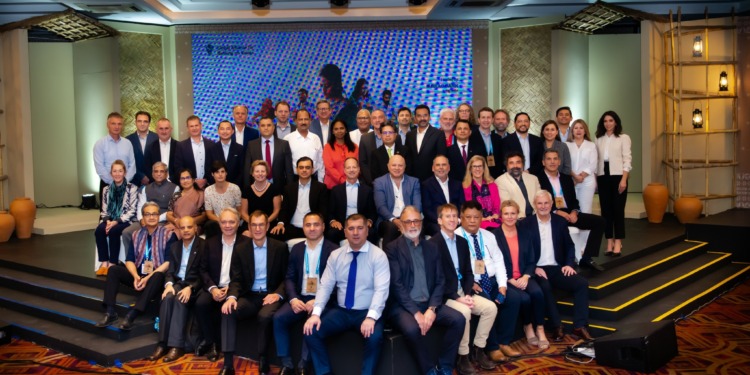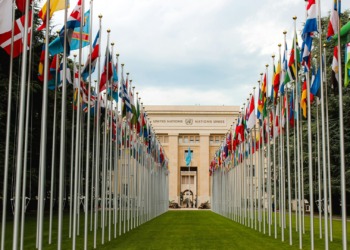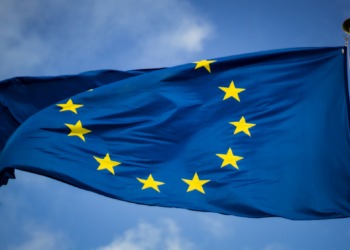Yesterday was international women’s day. Let’s have a look at some of the challenges that women in finance have to face and how value-based banks work to promote gender equality and inclusion for women across all sectors.
Women in finance face a number of challenges, such as the gender pay gap, the invisible glass ceiling, overlapping duties, inadequate financial literacy, and a lack of female mentors. Value-based financial institutions are taking action and implementing measures to change the finance industry and foster gender equality and inclusiveness for women.
These banks might provide support to incentivize women to invest or offer access to capital that would otherwise be unattainable. They may also extend networking and mentorship possibilities to support women in the community to establish their own enterprises and improve their financial stability. Additionally, they may strive to eliminate the gender gap in workplaces and guarantee that women are equally represented across all organizational levels.
There is still a long way to go before achieving equality not just in the finance sector. Still, we hope these positive examples from the Global Alliance for Banking on Values (GABV) network could inspire other banks or financial institutions to take similar actions.
In October, the GABV was recognised by the Finance for the Future Awards as a Climate Leader. @ICAEW and @sundaycreates have written a case study about our work and mission.
Keep reading: https://t.co/dcKLIGZCko pic.twitter.com/OFMINNwRWM
— Global Alliance for Banking on Values (GABV) (@bankingonvalues) December 15, 2022
The challenges for women in finance
Gender pay gap
The gender pay gap is a major issue for women in finance, with women earning less than men for the same job. With similar numbers in terms of workforce, the finance sector is one of those where the gender pay gap might be the largest – according to recent data there could be up to 66% pay difference between a woman and a man executive working in finance at a similar career level.
Unsurprisingly, the gender gap does not affect directly just women in finance but all businesses. According to the London Stock Exchange eliminating the gender gap could unlock over £140 billion just in the UK, with incredible benefits for any business, well beyond the financial services sector.
“Why do women still earn 18% less than men in Germany?”, wonders GLS Bank. The bank advocates for Equal Pay and leads by example. They have been collecting the unadjusted gender pay gap since 2020. “As of December 31, 2022, the unadjusted gender pay gap (GPG) was 11.8% (provisional), in 2021 it was 12 percent, in 2020 it was 13.7%. So the gap is getting smaller,” GLS Bank explains on its website.
In Canada, new legislation was introduced this year that will make it mandatory for employers to publicly post reports on their gender pay gap. Nevertheless, this is something that Vancity, the largest community credit union in the country, has been doing since 1997.
The invisible glass ceiling
The invisible glass ceiling is another issue for women working in finance. Women are facing difficulties in advancing their careers due to gender discrimination. According to GABV data, women are now 2/3 of the total finance workforce, but this number drops considerably when looking at finance executives. According to the Financial Alliance for Women, only 1/4 of the finance executives are women. There seems to be a serious issue for women in advancing their careers in finance.
There is, however, some good news from the GABV network. Caja Arequipa, in Peru, has a new Chair of the Board, the first woman to sit on the Board of this institution in thirty-six years. “The appointment of María Pía Palacios Mc Bride brings to the institution not only female talent but also a new focus on gender and sustainability issues”, explains the bank.
Other GABV banks in Latin America are revising their internal processes and activities from a gender focus perspective. In Ecuador, Banco Solidario has recently signed a cooperation agreement with UN Women to strengthen gender mainstreaming in access to financial products and services for women and in the overall management of the bank. Solidario has 54% female clients and 62% female employees; in 2022, 58% of people trained in financial education were women.
A source of inspiration could be Ekobanken, another GABV member in Sweden, where the invisible glass ceiling does not seem to exist. The CEO is a woman, Maria Flock Åhlander, and the board is currently 50% women/men, as well as the management team. Furthermore, the deputy CEO (credit manager), the CFO, the Chair of the Board the Head of the Customer department are all women.
RELATED ARTICLES: What Is Green Finance and Why Does it Matter so Much? | The Solution To Greening Finance? It Lies Within The People | Is $100 Billion in Climate Finance Enough to Offset Climate Damage? | Top Financial Institutions Found to Fuel Climate Change and Social Injustice Despite Claims |
Overlapping duties
Overlapping duties is another issue for women not just in finance. Women when trying to progress with their careers face diverse responsibilities: from being daughters, sisters, wives, and nurturing mothers, to potentially being the sole provider for their families.
Rosanna Argall, CEO at G&C Mutual Bank, in Australia, is a successful woman in finance. According to her, one of the challenges women face is “the constant struggle of juggling work, family, and caring responsibilities”. Recent flexible work practices have alleviated part of these pressures. Thanks to this, there has been an increasing number of women at every level of the organization and an almost 90% rate of return from maternity leave over the past ten years. This GABV member bank shows that a woman’s desire to progress with her career is not necessarily in contrast with the desire of having a family.
“As a working parent, the obvious challenge is how to balance a successful career with being a great mum. Plus, the guilt of whether you really are good enough at any or both of them,”, explains Denise Davies, Chief People Officer of Ecology Building Society, in the UK. And she shares some advice for other women in finance: “Know yourself, be authentic, keep learning, and be confident in your abilities. Look beyond gender to find the strengths and uniqueness of every individual. And most importantly – be kind to yourself!”
Inadequate financial literacy
Inadequate financial literacy affects all women, not just those working in finance, but also those that have decided to pursue other careers. In the US for instance, 3.8 million American women have literacy skills that are considered “basic” or below. “Basic”. This deficiency in education makes it challenging for a woman to start her own business, find job opportunities, access financial services or comprehend financial documents such as bank statements and credit card agreements.
Women who lack financial literacy skills face significant consequences such as accumulating high credit card debts, defaulting on student loans, and encountering difficulties in managing income, taxes, and investments.
Many GABV banks are helping women improve their financial literacy to use financial services and empower women to entrepreneurs.
For example, the Bank of Palestine has successfully launched two bundle programs that help women entrepreneurs manage their businesses by providing them with financial and non-financial services. In Nepal, the Muktinath Bikas Bank has launched a new service to encourage women to use banking services and promote digital payments. BRAC Bank, in Bangladesh, offers banking solutions and financial knowledge through their program Tara, created a few years ago “to boost women’s self-esteem and enhance their decision-making power”. The idea is to inspire women through sharing experiences and networking in new professional and business areas across the country.
Charlotte Assumani is an entrepreneur in the Democratic Republic of Congo and she represents a success story too. She has been a customer of the microfinance bank FINCA DRC for over 15 years in Kinshasa. As a military wife, Charlotte’s income could not cover the family’s basic needs. Not being able to pay for her children’s school, she decided to create a small business, running a restaurant and selling clothes. That way, she managed to send her daughter to school.
Lack of women mentors and networks
According to recent data, women prefer to have other women as their mentors. The lack of women mentors in the finance sector could be a problem for women that wish to progress in their careers. While many companies have now established a mentorship program for new employees, women mentors tend to be at an earlier stage in their careers compared to men mentors. This might affect a woman in finance in accessing opportunities to progress her career.
Rebecca Morris, Chief Brand Officer of Sunrise Banks, in the USA, found the need to create a network initiative for women working in finance. Together with other women colleagues in the sector, they launched last January Twin Cities Finance Women, a volunteer organization that empowers women to be themselves, innovate, and influence the finance and fintech industry through education, networking, and support. “We want to provide a place where women can rub shoulders with all levels of the fintech and finance industry, gain some new friends and have some fun along the way,” explains Morris.

Conclusion – gender gap in finance still exists, but the future could be bright
From these examples, it is very clear that there is still a lot of work to be done to improve the condition of women, but the future of finance could be bright. Value-based banks, like those members of GABV, are clearly making much more progress compared to other banks and are also helping also other businesses improve in their gender equality efforts.
Reaching gender equality should be a priority for every company or business in every sector. Value-based banks – and also hopefully “regular” banks in the future- could help set these standards by providing credit access or special interest rates to companies that have put gender equality at the core of their business.
Partnering with like-minded organizations is crucial. Triodos Bank, for example, collaborates with Money Movers, a UK-based non-profit organization that empowers women to move their savings or investments to more climate-positive providers to create climate action. In Bolivia, BancoSol has partnered with Hábitat para la Humanidad, to train and certify 43 women in plumbing.
These are just a few examples of how values-based banks contribute to reducing the gender gap through their banking activities. Will also non-value-based banks follow this same path?
Editor’s Note: The opinions expressed here by the authors are their own, not those of Impakter.com — In the Featured Photo: The newest members of GABV: SIPEM Banque, in Madagascar, Unity Trust Bank, in the United Kingdom, Acba bank OJSC, in Armenia and Teachers Savings and Loan Society Limited (TISA), in Papua New Guinea.Equity’s team. Featured Photo Credit: GABV.










